Statistically, construction is the most dangerous job to have in the UK. Out of all fatal injuries at work, construction workers make up over a quarter of these deaths. Construction is also one of the largest industries in the UK, employing more people than other sectors, but the rate of deaths is still disproportionately large. In this article we will look over some of the hazards and best practises to be aware of, in order to improve construction site safety.
Due to the culture of the industry, many workers disregard health and safety regulations in order to get the work done on time. The construction industry has been designed for maximum flexibility, as a lot of the workers are recruited on a casual, freelance basis. Due to this, many workers don’t want to bring attention to any health and safety problems from fear of being seen as ‘difficult to work with’ or being replaced by another worker.
Additionally, many construction projects are scheduled to be completed in a short amount of time, leaving health and safety regulations and risk assessments forgotten about. It is regularly seen as a hindrance by managers and workers alike. This is what causes the shortfalls in construction site safety, which results in higher fatalities than other industries.
There are many different reasons why construction sites are so dangerous, the most common construction hazards being:
- Working at a height
Poorly installed scaffolding and unstable ladders lead to severe falls being had on construction sites. Over a quarter of UK construction fatalities are a result of a fall. Many construction workers are often working at a height without proper safety training and without knowledge of just how high the risk of falling is. - Moving objects/vehicles
A construction site is a dynamic and ever changing environment to be working in, causing the site to be inherently dangerous. As the work becomes more tiresome and fast-paced, the site gets more hectic, making it difficult for workers to keep track of where the vehicles are driving and what materials they are moving. This heightens the risk of injury and accidents, as workers can’t keep track of the routes vehicles will be taking.
- Slips, trips, and falls
Construction sites are outside, exposed to the elements no matter the weather. Construction sites rarely take into account the workers that have to perform jobs in poor conditions, including areas with uneven surfaces, wet areas, and buildings at various stages of completion. - Electrical hazards
Due to large teams and various completion stages of buildings, many wires are left exposed and around water. Furthermore, there are a growing number of electrocutions involving workers who aren’t qualified to be working with electrics, proving that companies simply aren’t taking the time to train their workers properly for the tasks they are expected to complete. - Asbestos/dust
For thousands of years, asbestos has been used for insulation on pipelines, churches, brake pads for vehicles, as well as many more purposes. The health effects of asbestos was discovered in the early 1900’s and has since been banned in Europe.
For decades, construction workers have worked in conditions where masses of dust and asbestos were present in the air, due to the shifting of earth and materials. Many workers did not feel the effects of toxic dust until years later, as they had no idea they had inhaled these invisible toxins.
Health and safety in construction should be at the forefront of concerns for all workers when on an active site. We have a few pointers to help you increase your construction site safety practices by identifying site hazards before having employees work in dangerous conditions.
- Promote a positive environment
By having an environment in which employees feel comfortable and safe highlighting safety concerns to their managers, you’ll be able to prevent more accidents and learn what poses a site hazard to your workers. Many workers feel they cannot approach their managers or supervisors, which leads to construction site safety hazards being overlooked or ignored, which in turn could cause fatalities.
- Plan ahead
By having a thorough plan of the work you’ll be completing and all risk assessments filled out, your workers will be aware of what they need to do to stay safe and avoid any accidents. Having a meeting before any work commences to bring attention to any risks or dangers will not only inform the workers of any hazards, but will help them carry out the work in a more efficient manner. Remember, communication is key!
- Set safety expectations
By setting the standard of what to expect from your employees, they’ll follow in your footsteps. They are more likely to have high health and safety standards if their manager is seen to take a rigorous attitude towards these regulations. Furthermore, putting disciplinaries in place when someone is caught not following the health and safety regulations will deter others from following suit.
M Hall Diamond Drilling is a distinguished UK company, providing diamond drilling services, demolition and concrete cutting to customers across London and nationwide. We have a strong reputation in our industry, as we provide only the best service to all our customers. For more information on our services, please get in contact with a member of our friendly team today!
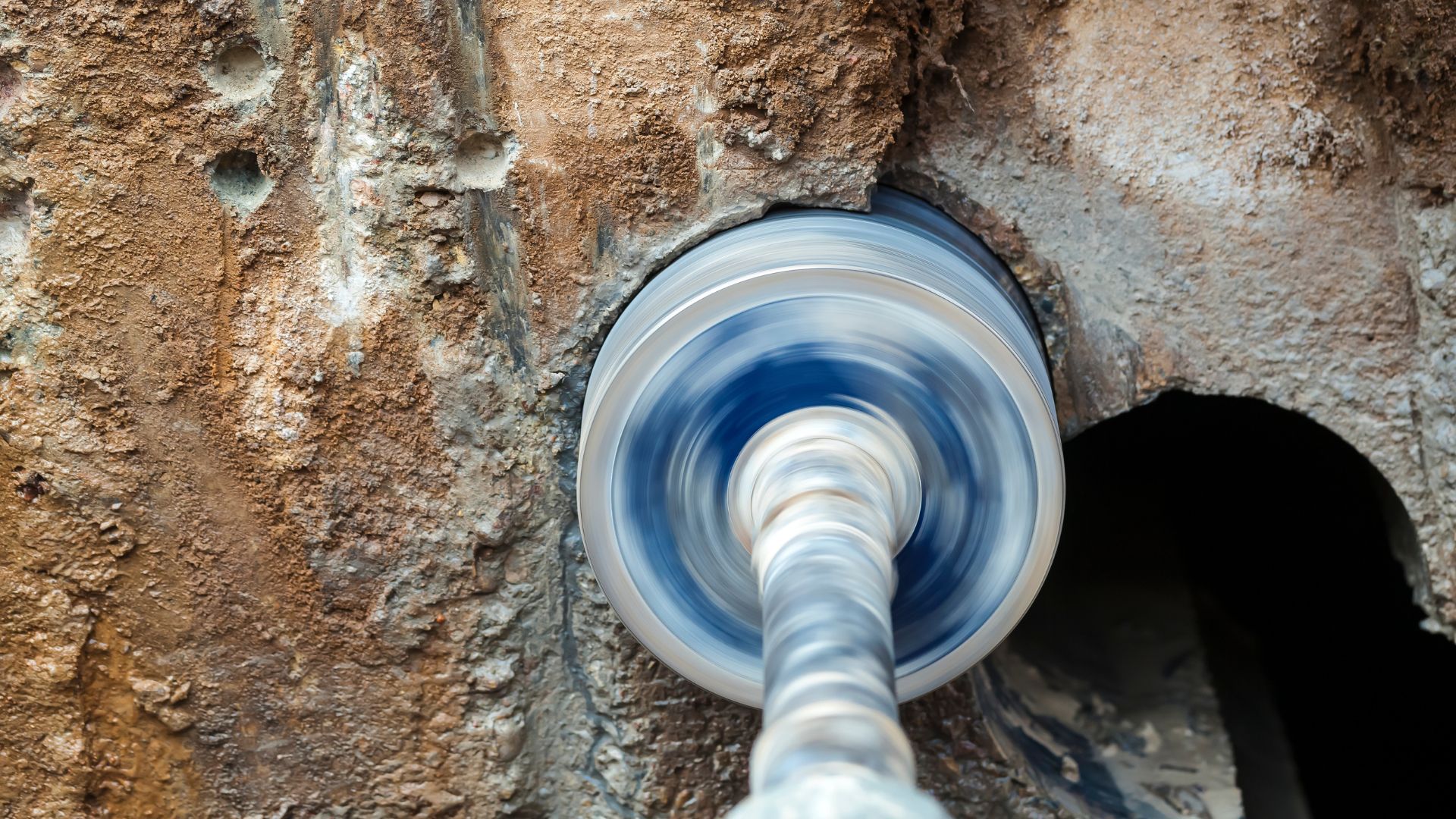
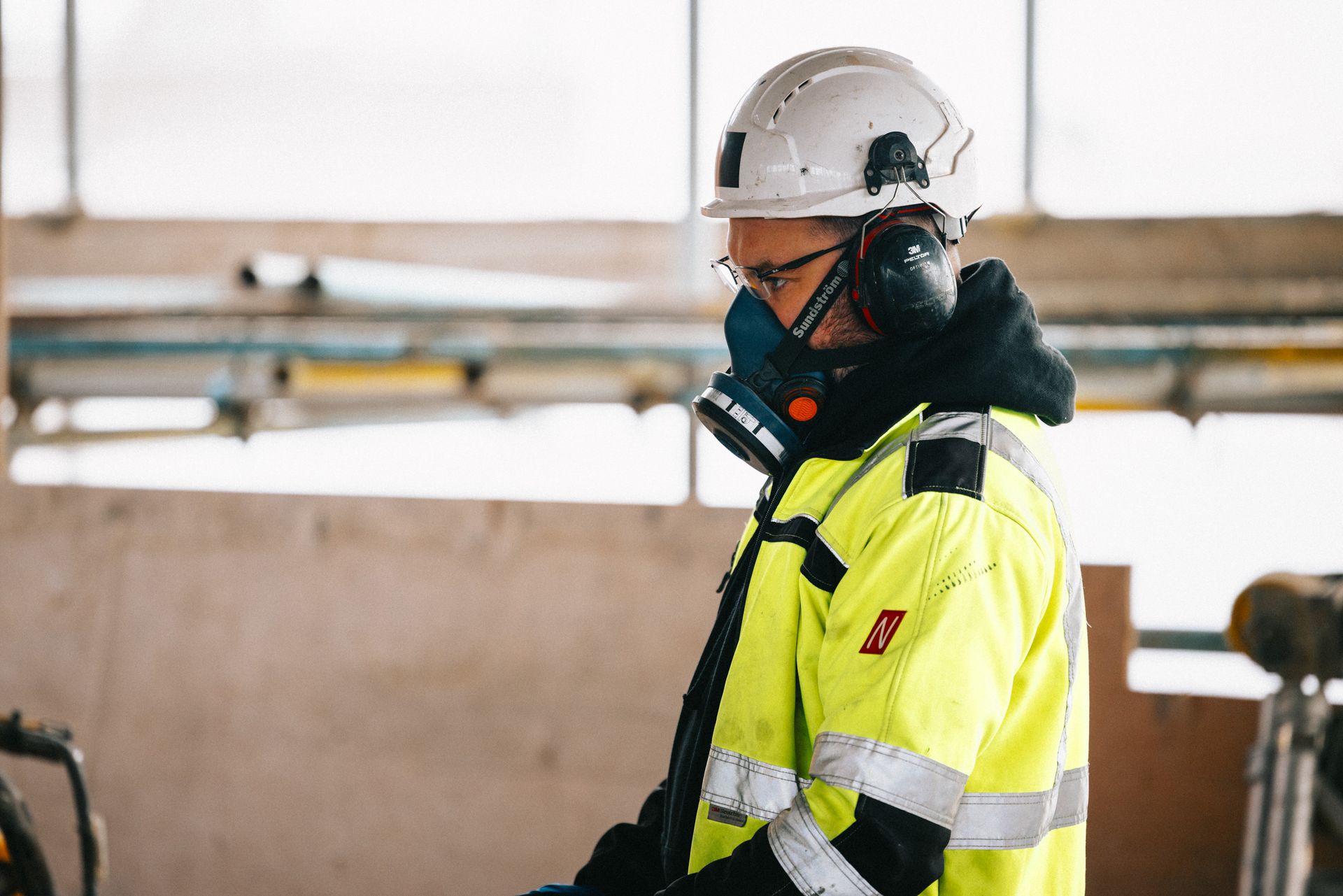
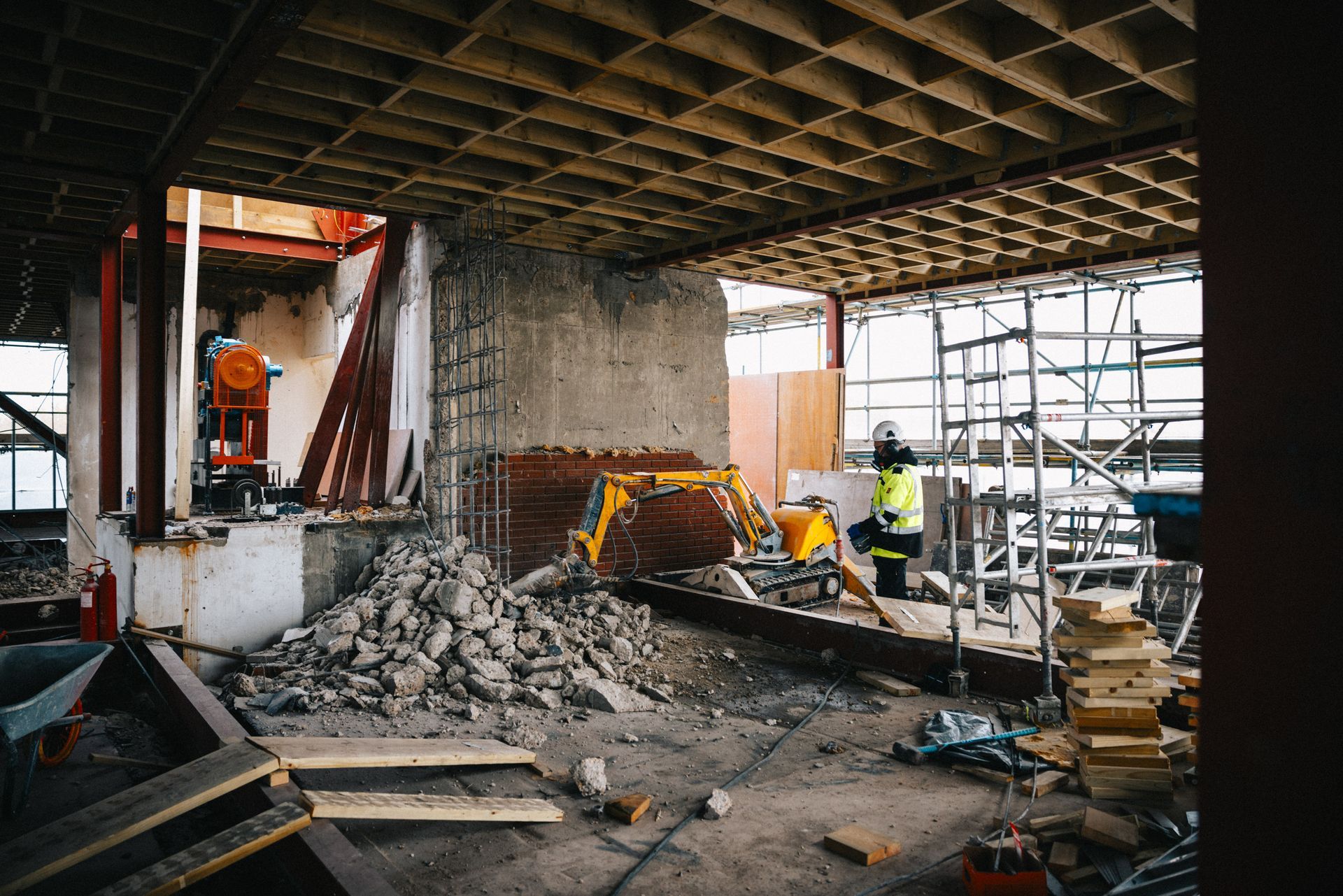


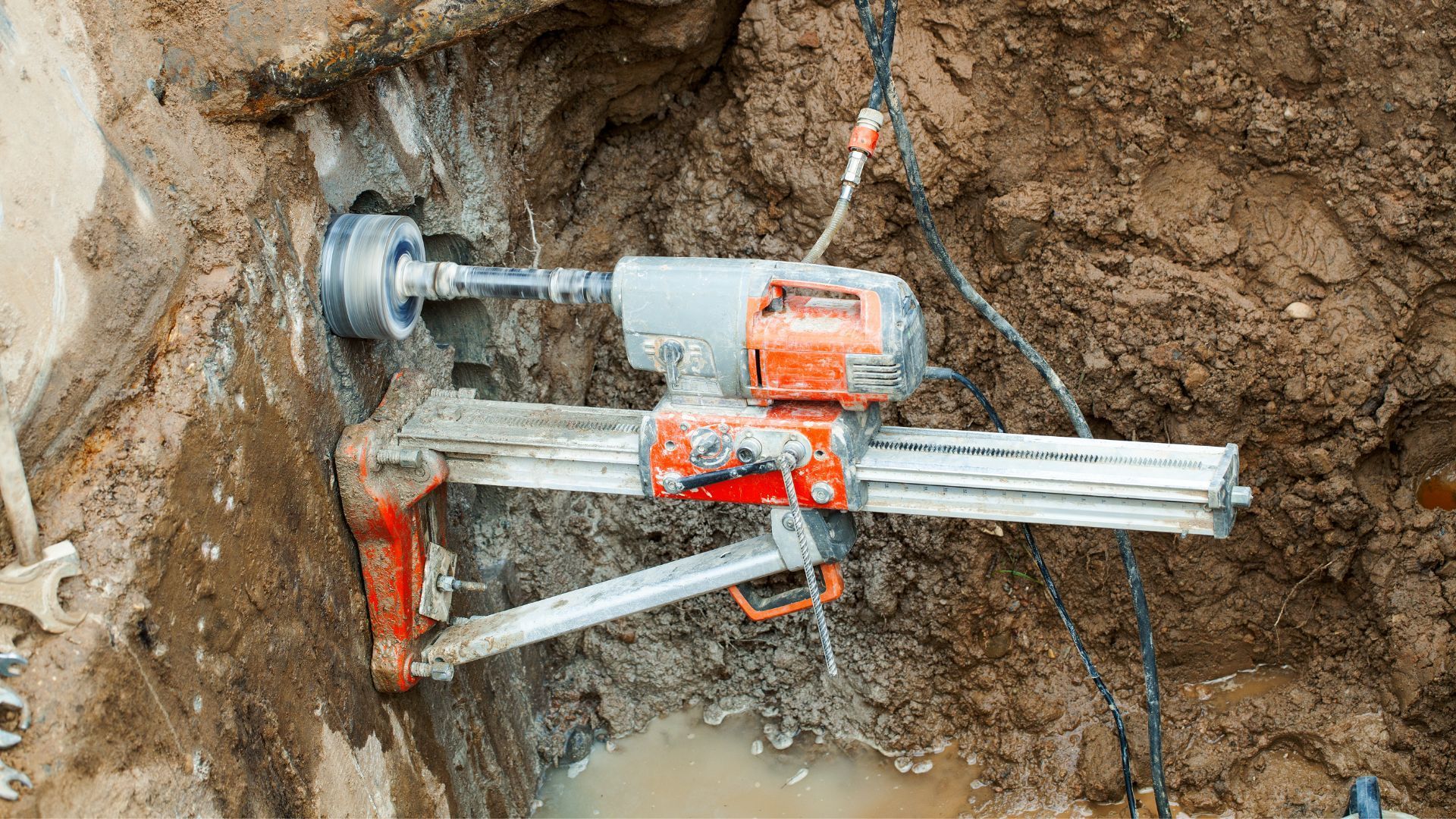
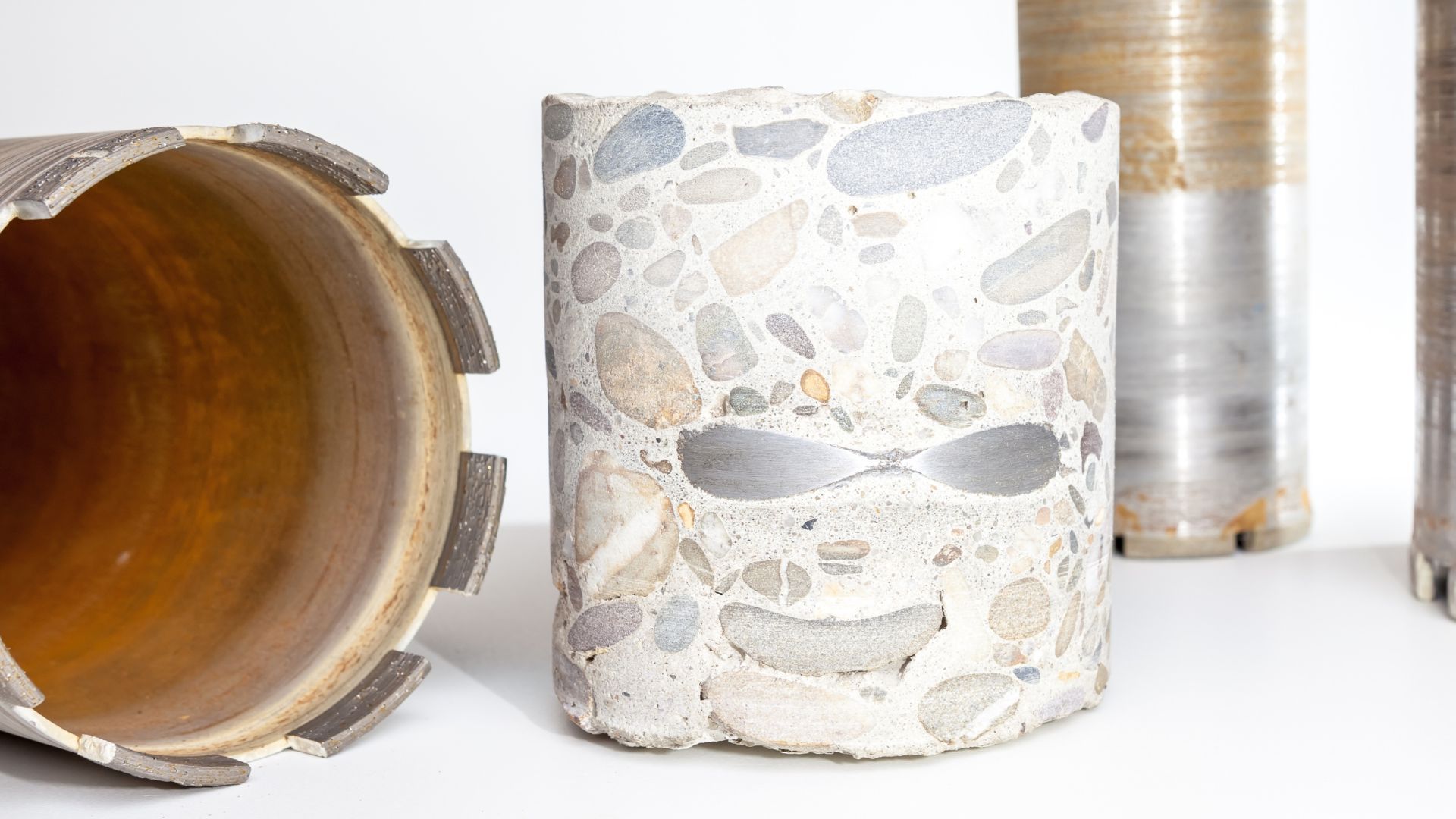
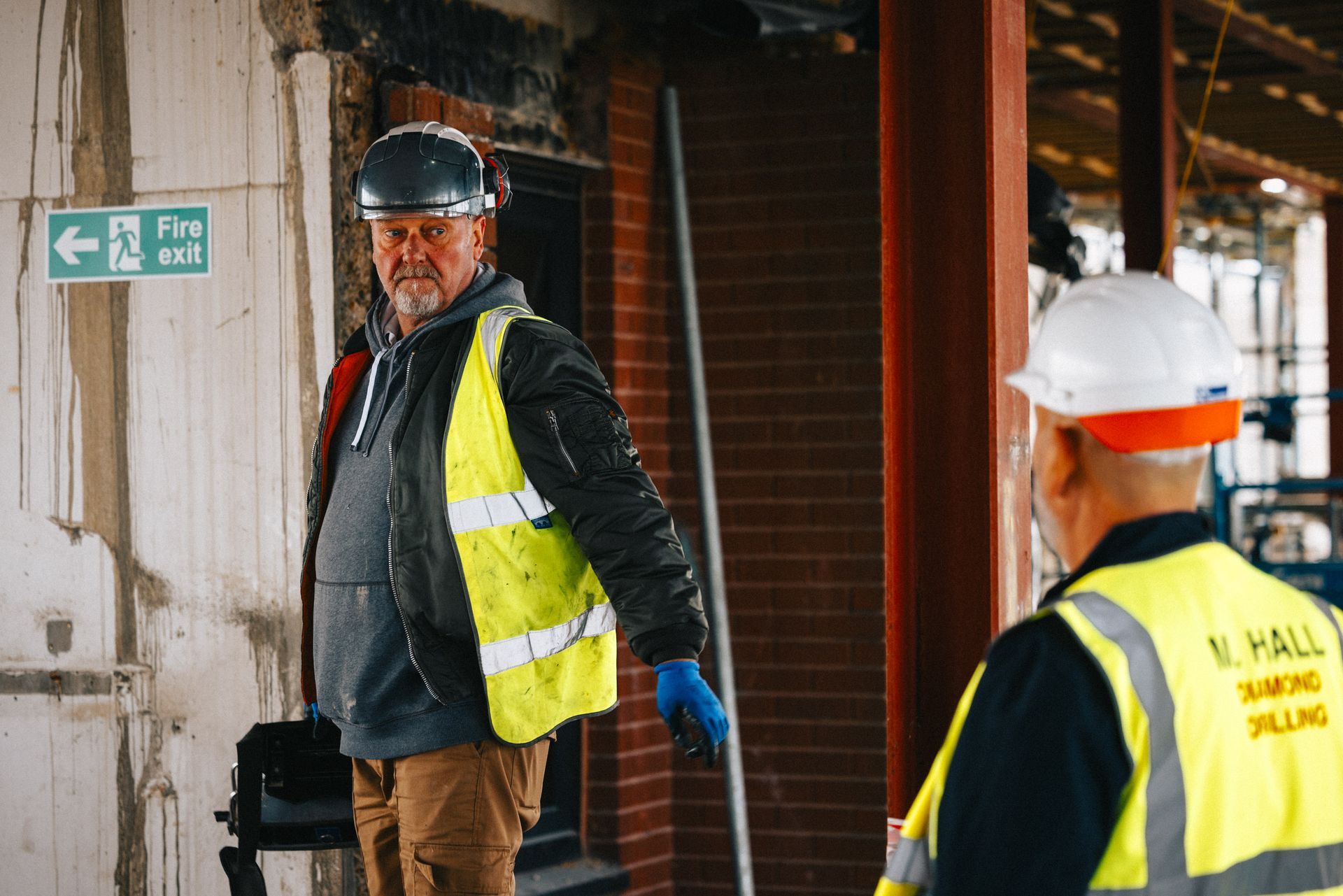
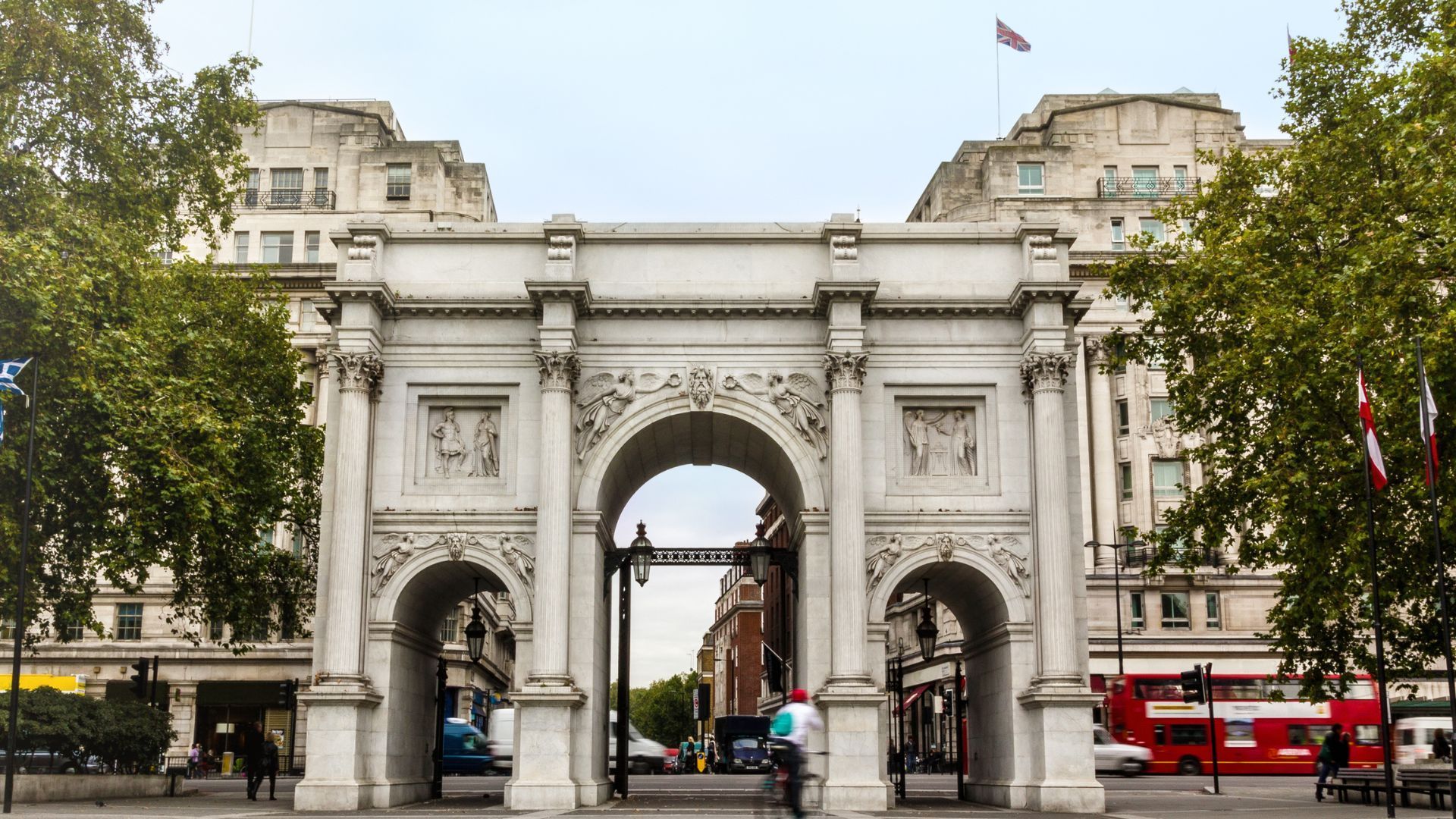
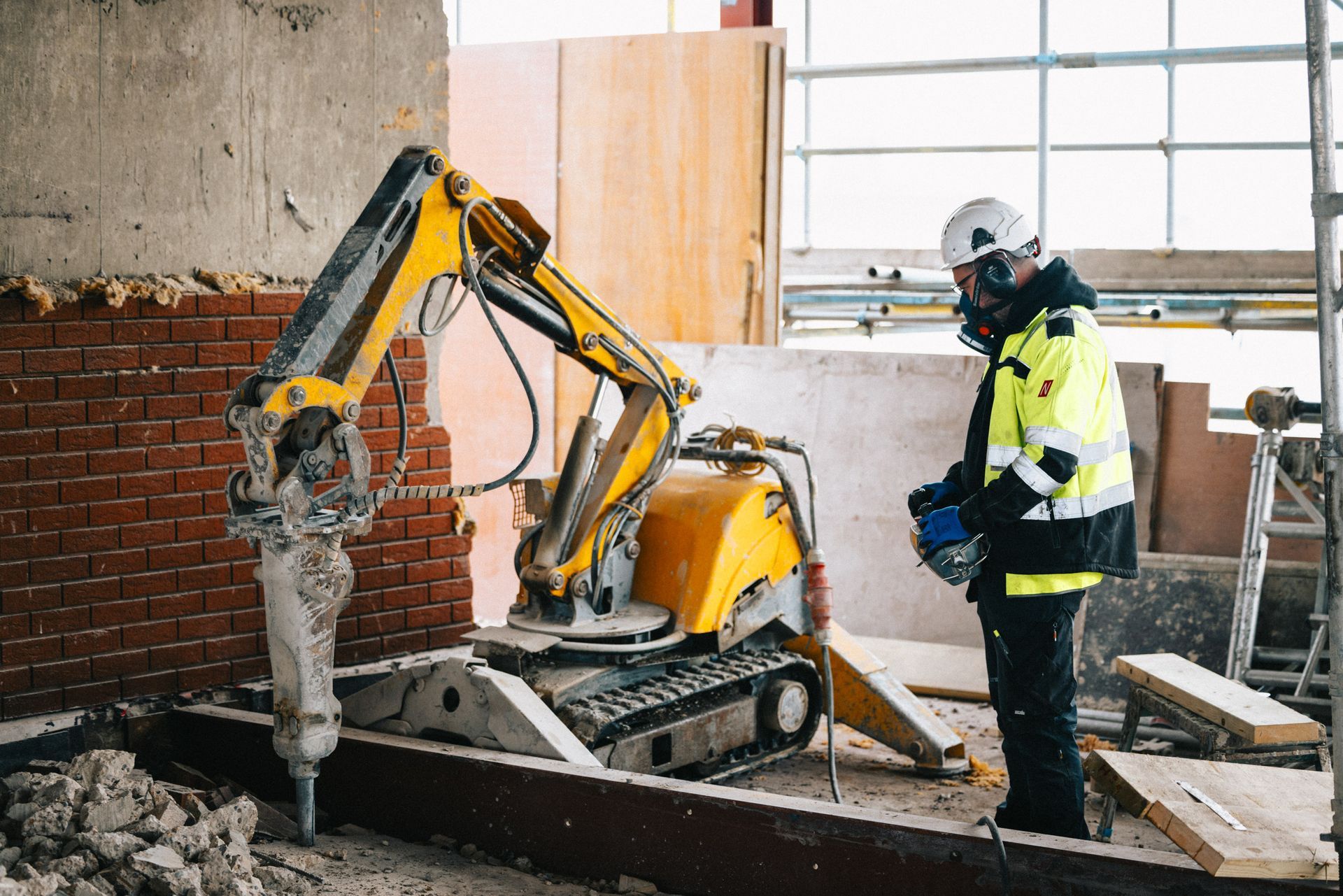
Get Your Free Quote Today
Ready to get started? Contact us for a free, no-obligation quote. Our friendly team is here to answer your questions and provide the solution that's right for you.
Contacts
Contact Us
Thank you for contacting M Hall Diamond Drilling.
We will get back to you as soon as possible.
Please try again later.
Prefer to email?
Email us today, and one of our helpful team will comeback to you.

